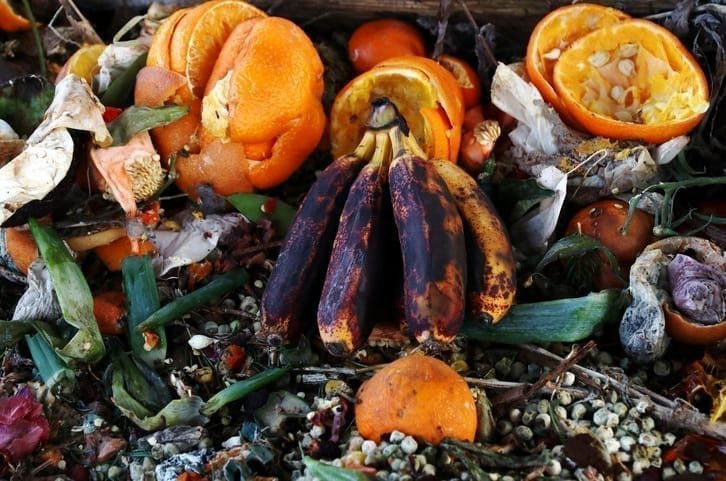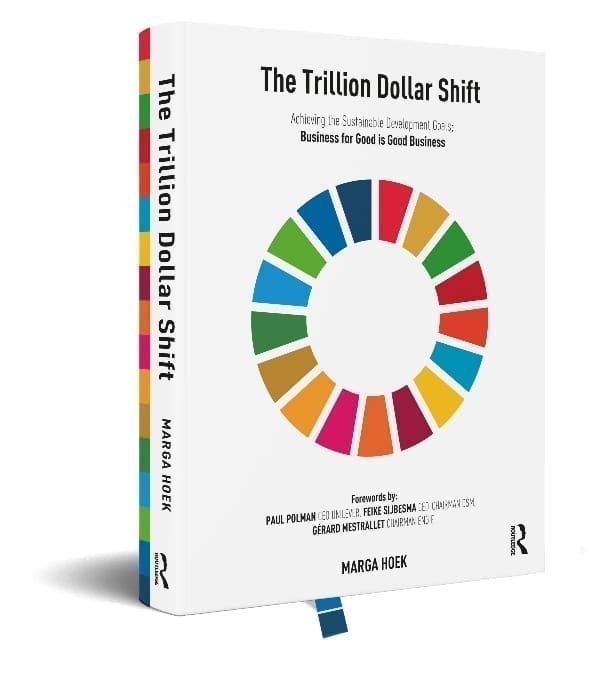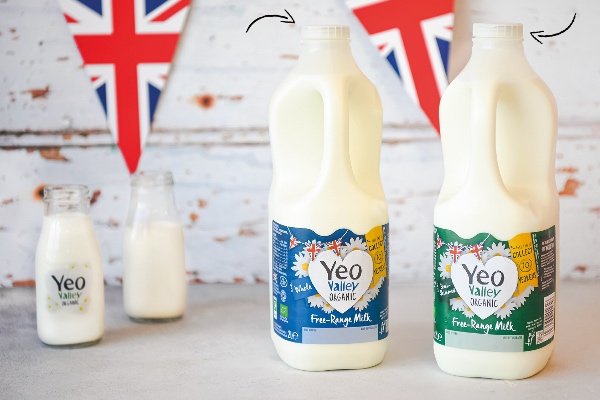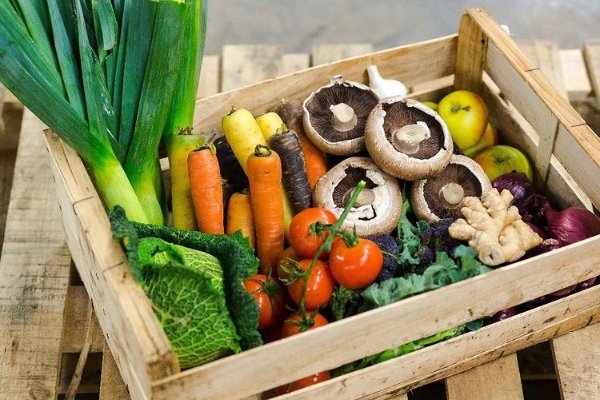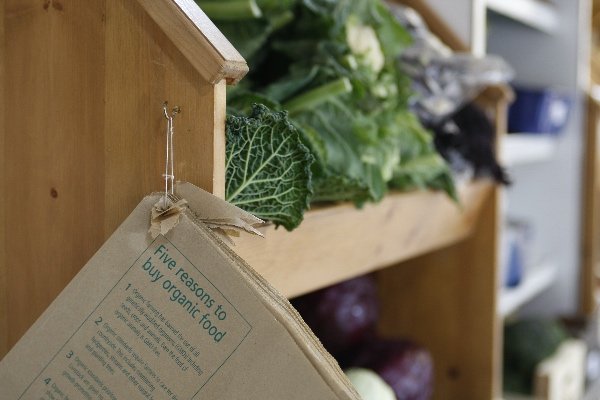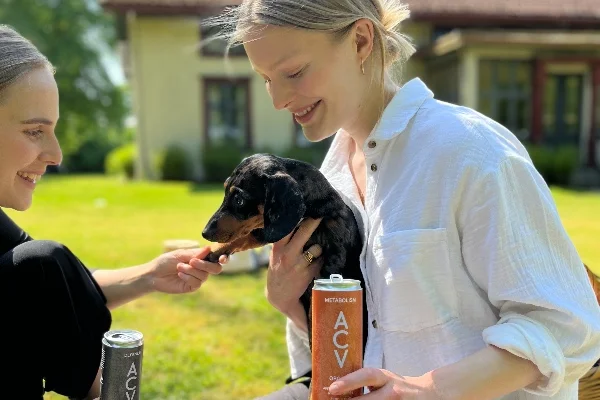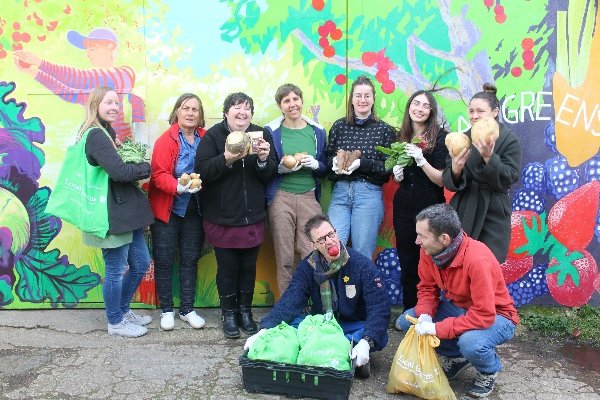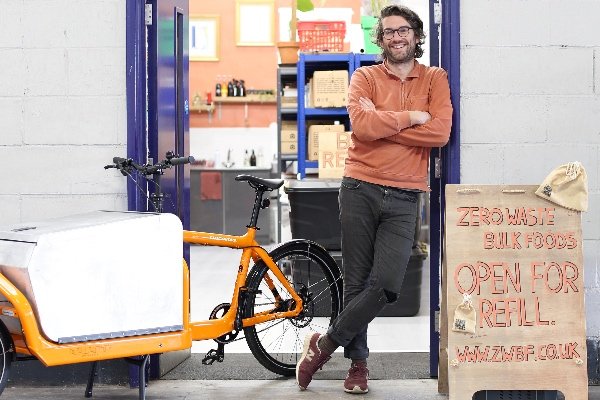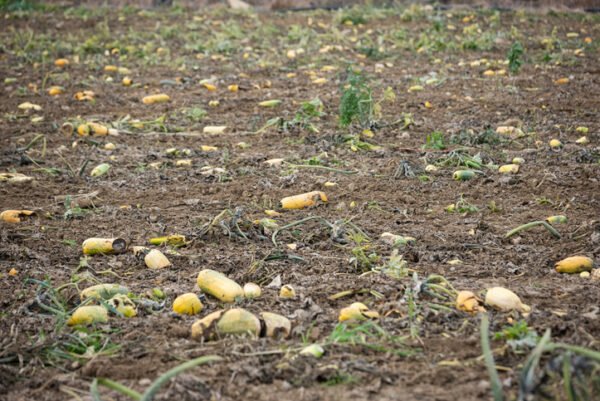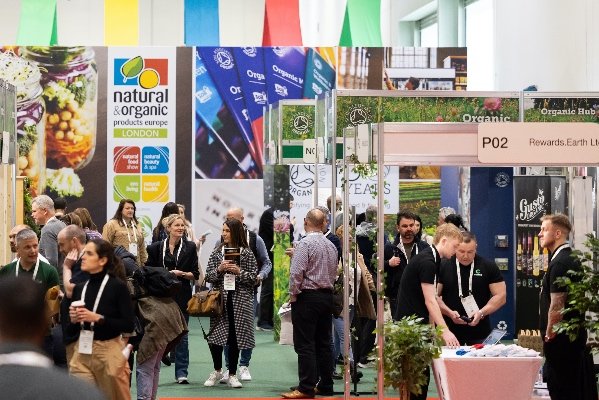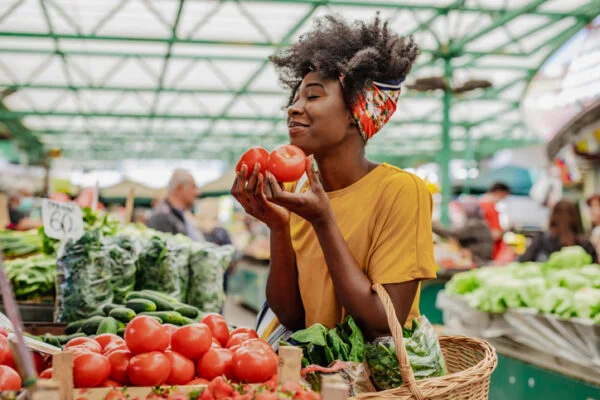One of the main challenges we need to solve as soon as possible is food waste and loss. The prize is not only a huge societal impact, and impact on possibly every Sustainable Development Goal, it is also an enormous economic prize. A prize for the western world, but more importantly a prize for the developing countries that, of course, need it the most.
The enormous impact
Roughly one-third of all food produced for human consumption is wasted or lost, accounting for nearly 1.3 billion tons of food, as I describe in my new book The Trillion Dollar Shift. Bearing in mind that food waste and loss also implies the waste of all the resources that went into producing it, we need to put a stop to this.
Right now, the resulting economic loss is somewhere between 780 billion and 1 trillion dollars a year, while with approximately the same amount of money, or less, all of the nearly eight million people who are going hungry every day, could be fed.
It is clear that if solutions are found to prevent food waste and loss, significant headway can be made towards eliminating hunger worldwide, preserving our resources and reducing pollution.
According to a 2013 analysis by the United Nations’ Food and Agriculture Organization, the land devoted to producing wasted food would be the second-largest country in the world, and this wasted food accounts for 8% of all harmful emissions. Clearly, the impact is enormous.
The Sustainable Development Goals (SDGs) offer clear guidance and focal points for businesses and other organisations regarding these and other challenges we face and actually all of them relate to the challenge of reducing food waste and loss.
Food waste and loss is generated all along the supply chain. In developing countries, food loss happens at the beginning of the food chain with 40% of losses occurring post-harvest and during processing. As much as half the food produced in developing countries never makes it to the market. 630 million tons of food equaling 310 billion dollars is lost in developing countries.
Imagine that there are 500 million smallholder farmers worldwide, meaning that more than 2 billion people depend on them for their livelihoods, as was calculated by IFAD. Access to education, information, transportation, and energy which are crucial to reduce food loss, are some of the biggest challenges faced by smallholder farmers in developing countries at the beginning of the food chain.
In developed countries, waste and loss is caused by consumers and retailers. Efficient operations, creative alternatives, consumer awareness and interest are the biggest challenges facing the end of the supply chain. Fortunately, there are a number of business solutions that can help to turn all of this around. But they need to scale in order to have real impact.
Solutions at the beginning
At the beginning of the supply chain, we mostly see food loss caused by limitations and hindrances faced by smallholder farmers in developing countries. The main suppliers of food in many countries of the world are smallholder farmers who make up the bulk of the food producers in poor rural areas in Africa, Asia and Latin America.
In countries like Guatemala, for example, smallholder farmers represent approximately one-third of the country’s entire population. By improving their access to information and education – especially for women – and providing innovative solutions to the issues of transportation and lack of access to energy, smallholder farmers can reduce their food loss.
Businesses and private-public partnerships are initiating projects and products to create these solutions. Software developers and consultants are providing information access to help farmers improve their production methods. Apps such as AgriUp and Farming Instructor provide information to smallholder farmers about weather conditions, planting and harvesting tips.
To cope with the issues of transport and keeping food fresh to avoid food loss in countries with large fishing industries, a Norwegian research institute Nofima designed a form of packaging called Superfresh that will not only keep fish fresh for longer, but also has benefits for transporting the fish. The packaging requires less volume and allows the fish to be transported together with other foods as well.
To combat the lack of refrigeration and access to energy to supply a cool enough environment for fruits and vegetables to be transported without excess loss, an innovative solution has been found by MIT students. Their product, called Evaptainers, uses the highly effective cooling effect of evaporation in their cool-box design, using only sand and water. The water doesn’t even need to be pure, it can come from a river, a pond, anywhere. And what makes it most accessible to poor farmers is the sustainability of it, as it uses zero energy. These and other innovative and focused business solutions are helping to stem food loss at the root but more initiatives and greater scale is still needed.
 Play Video about This Rock Might Just Save The World
Play Video about This Rock Might Just Save The World Play Video about Play 2 hours of rock
Play Video about Play 2 hours of rock Play Video about Play 2 hours of brook
Play Video about Play 2 hours of brook Play Video about Play 2 hours of sheep
Play Video about Play 2 hours of sheep

















